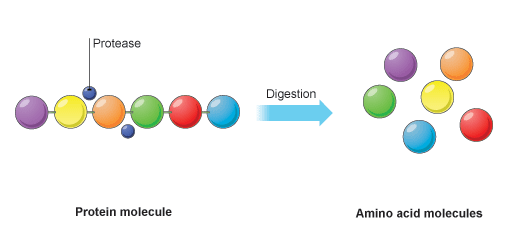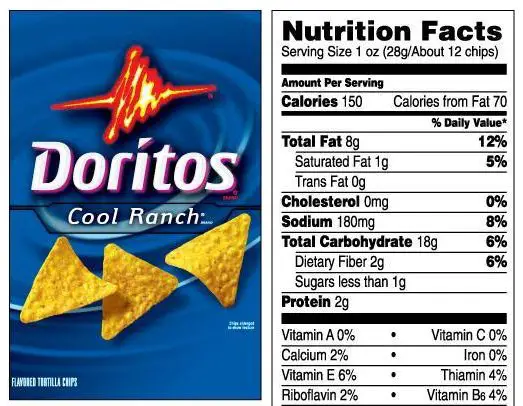1.1. Nutrients
- Give energy.
- Give the necessary molecules to make new tissues or repair the tissues damaged.
- Give essential substances for the chemistry reactions that occurs in our organism.
Chemical classification of nutrients
Nutrients can be classified in two groups depending on their chemical nature:
- Inorganic nutrients: In this group you can find water and mineral salts.
- Organic nutrients: In this group there are glucids, lipids, proteins and vitamins.
We can divide these six nutrients in two groups: a) glucids, lipids and proteins are the nutrients which provide energy to our organism; b) water, mineral salts and vitamins do not give energy but they are really important for the correct balance of the body.
There are people who consider food only as a source of energy, but this is a wrong idea because food contains many others essential nutrients for a healthy life.
Food is not only an energy source
The six nutrients are carbohydrates, , proteins, , mineral salts and . You can remember this using the sentence "Could Fanny Play Violin Much Worse".
The first three nutrients have a difference with the last three: they provide to the body and they are called . The last three nutrients are very important in the control of the body but they don't provide energy. Vitamins and mineral salts are called . is simply the most important substance in our organism, but is not a macro or micronutrient.
Each food that we consume it is composed by different amounts of glucids, lipids, proteins, vitamins, minerals and water. The energy associated to each food is, for this reason, also different.
The unit of energy, in the International System of units, is joule (J), but it is very common to use calorie (cal). You must to remember:
1 cal = 4.18 J

During digestion, food is transformed into nutrients. The energy for cells is obtained from glucids, lipids or proteins (when the organism is run out of glucids and lipids). The image shows the result of the proteins digestion.
After this, in cells, energetic nutrients are transformed into energy throughout complex chemical processes.
Only one gram of glucids is equal to 3.75 kcal. One gram of lipids give us 9 kcal and one gram of proteins give us 4 kcal.
Decide which of this meals is more energetic:
a) A sandwich composed by 100 g of bread and 50 g of salami.
b) 200 g of yogurt and 120 g of banana.
| Food (100 g) |
Glucids (g) |
Proteins (g) |
Lipids (g) |
| Bread | 59 | 8 | 1 |
| Salami | 0.4 | 23 | 37 |
| Banana | 18 | 2 | 0 |
| Yogurt | 5 | 4 | 3 |
Look at the energetic label of a famous snack: 
Is the energetic information correct?
Do it by yourself
How much energy contain 210 mL of milk with 10 g of "Cola-Cao"?
You have to look for information about the energy of each product and make calculations in the same way that in the previous exercise.